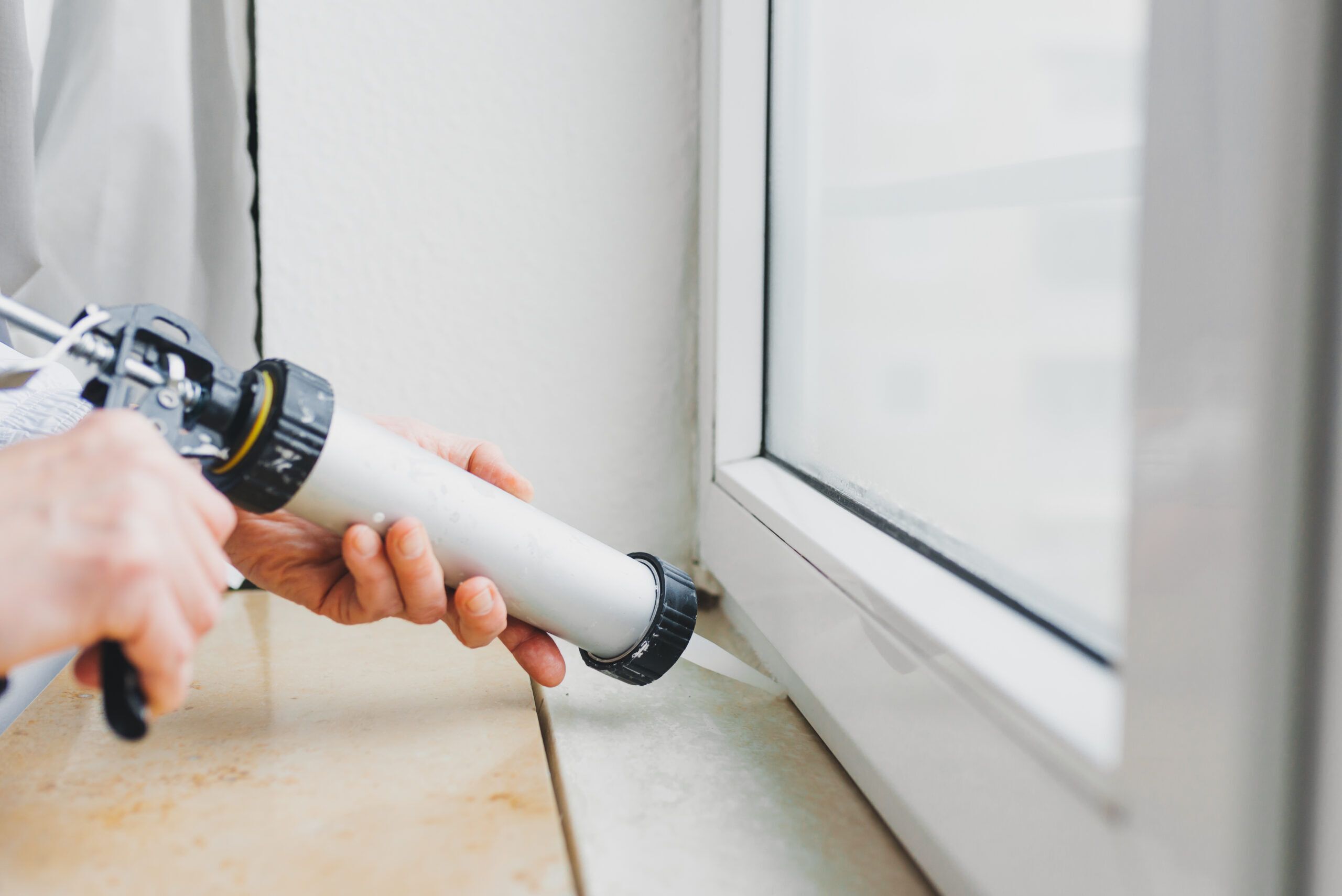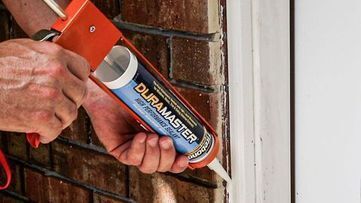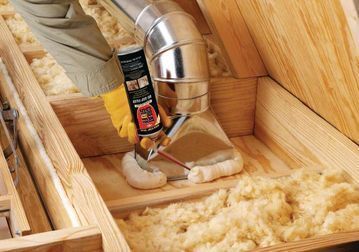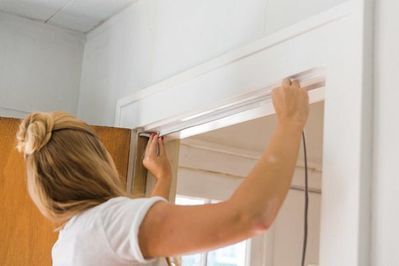Improve Your Home’s Comfort and Efficiency with Insulation and Air Sealing
When it comes to creating a more comfortable, energy-efficient home, few improvements are as effective as proper insulation and air sealing. In existing homes, gaps and areas of inadequate insulation can lead to drafts, inconsistent temperatures, and higher energy bills. By upgrading your insulation and sealing air leaks, you can enjoy a more consistent indoor climate, reduce energy waste, and save money over time. Whether you're tackling it as a DIY project or working with a professional, this guide will help you understand the importance of insulation and air sealing, how to identify problem areas, and the steps you can take to make your home more efficient and eco-friendly.
Air Sealing
Minimizing air leaks in and out of your home is an affordable way to lower heating and cooling expenses, enhance durability, boost comfort, and promote a healthier indoor atmosphere. Three simple and effective air-sealing methods, caulking, spray foam, and weatherstripping, provide fast returns on investment, often within a year or less. Caulk and spray foam are typically used to seal cracks and gaps around fixed elements, such as door and window frames, or anywhere two different materials meet. While weatherstripping is applied to moving parts, like doors and windows that open and close.
It is important to consider your homes ventilation when undergoing air sealing in your home. If your home currently relies on it's "natural" ventilation to remove indoor air pollutants you can create a less healthy indoor atmosphere when you tighten your buildings envelope. This is particularly relevant if you have gas appliances or have recently painted or brought items into your home that are emitting Volatile Organic Compounds (VOCs). That being said most homes are so leaky that targeting obvious places of air leakage will still allow for natural building ventilation.
Air Leak Detection
Building science is complex field that encompasses many scientific disciplines, luckily there are simple processes that you as a homeowner can do with a little guidance and knowledge! The most rudimentary way to assess air leaks in your home is simply inspecting your home visually. While this sounds daunting there are many problem areas both inside and outside your home that can help direct your search. Most people know when a door or window is drafty because you feel it in your day to day life, however a huge portion of air loss can happen in the attic and basement where we are less likely to notice it. The image and bulleted list below can help guide you in your search for leaks.
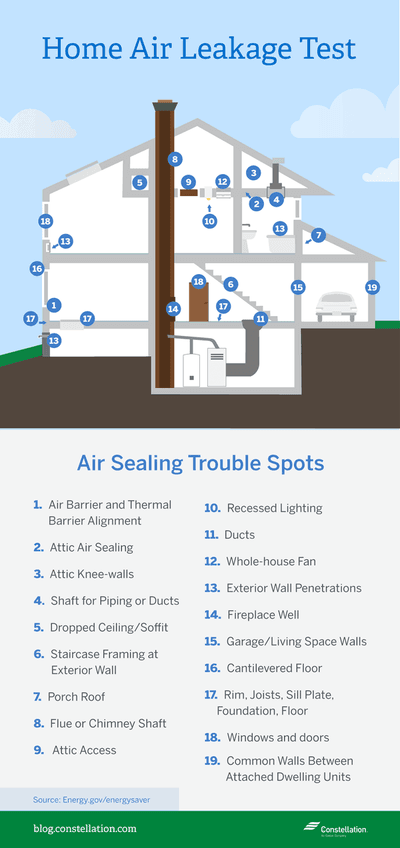
Exterior of home:
- All exterior corners
- Outdoor water faucets
- Where siding and chimneys meet
- Areas where the foundation and the bottom of exterior brick or siding meet
- Pipes and wires coming into your home
- Windows and Doors
Interior of home:
- Electrical outlets
- Switch plates
- Door and window frames
- Electrical and gas service entrances
- Baseboards
- Weather stripping around doors
- Fireplace dampers
- Attic hatches
- Wall- or window-mounted air conditioners
- Cable TV and phone lines
- Where dryer vents pass through walls
- Vents and fans
- Windows and Doors
When you are inspecting these areas look for any visible light, cracks, or gaps. You should also look for any old, cracked and poorly sealed caulk or weather stripping.
To go a step further you can do your own building pressurization test just using the exhaust fans in your home. This process requires you to:
Turn off all combustion appliances such as gas burning furnaces and water heaters on a cool, very windy day.
Shut all windows, exterior doors, and fireplace flues.
Turn on all exhaust fans that blow air outside, such as your clothes dryer, bathroom fans, or stove vents, or use a large window fan to suck the air out of the rooms.
Light an incense stick and carefully pass it around the edges of common leak sites. Wherever the smoke wavers or is sucked out of or blown into the room, there's a draft. You can also use a damp hand to locate leaks; any drafts will feel cool to your hand.
This can help you find any sneaky air leaks that don't have any visual indicators.
Methods For Sealing
Insulation
If you're home is still feeling uncomfortable after air sealing it may be due to insufficient insulation. Insulation acts as a thermal barrier between your home and the elements outside. Together with air sealing it has the largest impact on the comfort of your home and the cost to maintain that comfort. The type and thickness of your insulation determines how effective your insulation will be.
Assess Existing Insulation
There are multiple ways to inspect the level and type of insulation you have. Depending on when your house was built you might be able to get the info from your homes builder, however for most people who's home was not constructed in the last 10-20 years they will have to do their own inspection.
In this article from the DOE, they explain the process for assessing your existing insulation and some possible avenues for adding more.
Some helpful videos can be found in our resource library under the air sealing and insulation section.

Vermiculite
Vermiculite insulation, commonly found in older homes, is a lightweight, fire-resistant material that was widely used for attic and wall insulation. However, a significant portion of vermiculite insulation, particularly that sourced from the Libby, Montana mine, sold as the brand Zonolite is known to contain asbestos, a hazardous material linked to lung diseases such as asbestosis and mesothelioma. Because asbestos fibers can become airborne when disturbed, homeowners should take caution when handling or disturbing vermiculite insulation. It is recommended to leave it undisturbed and consult a professional for testing and safe removal if necessary. The Zonolite Attic Insulation Trust will test any existing Vermiculite for asbestos free of charge and if it found to contain asbestos will help cover the costs of remediation and replacement.


